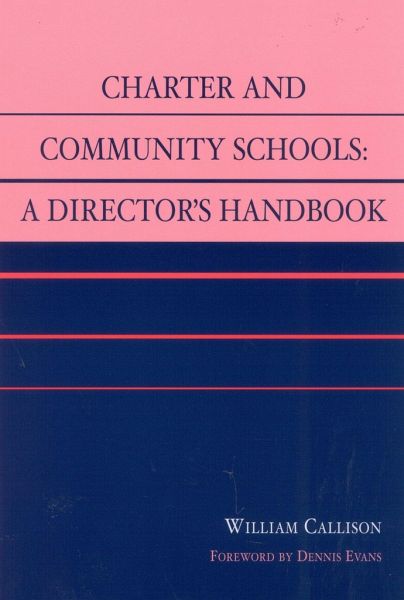Nicht lieferbar

Versandkostenfrei!
Nicht lieferbar




Provides information about all of the dimensions a director needs to understand in order to operate a school.
By William Callison
Produktdetails
- Verlag: R & L Education
- Seitenzahl: 344
- Erscheinungstermin: 4. Februar 2003
- Englisch
- Abmessung: 227mm x 158mm x 19mm
- Gewicht: 463g
- ISBN-13: 9780810846029
- ISBN-10: 0810846020
- Artikelnr.: 21565970
Herstellerkennzeichnung
Libri GmbH
Europaallee 1
36244 Bad Hersfeld
gpsr@libri.de
Für dieses Produkt wurde noch keine Bewertung abgegeben. Wir würden uns sehr freuen, wenn du die erste Bewertung schreibst!
Eine Bewertung schreiben
Eine Bewertung schreiben
Andere Kunden interessierten sich für












